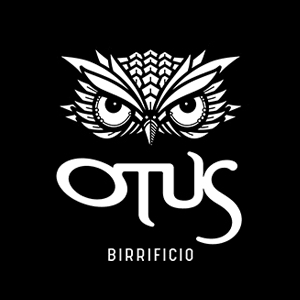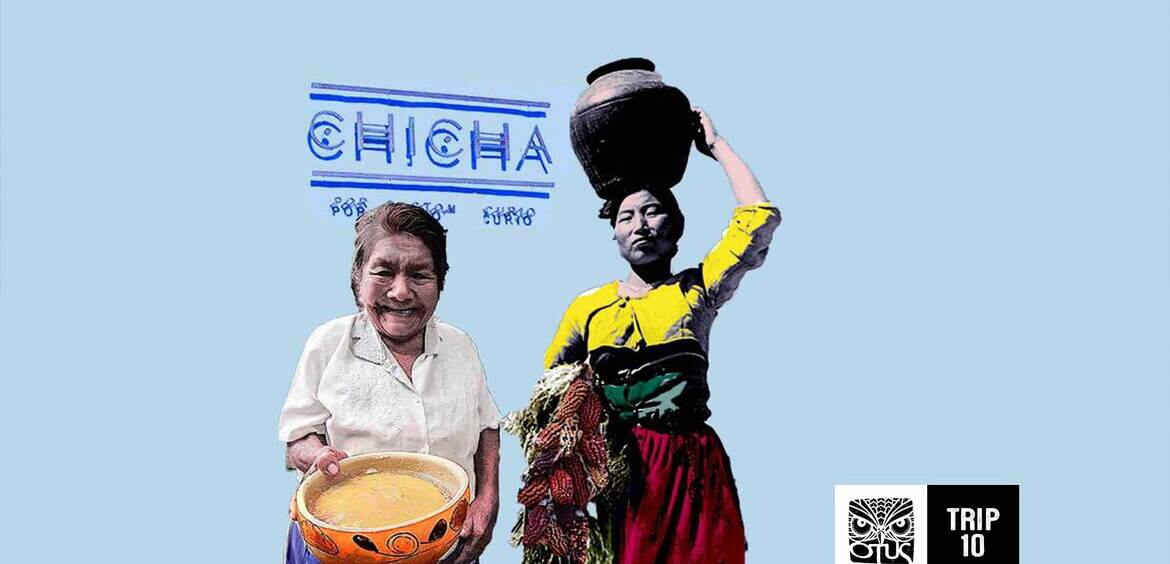
Chicha, the ancient corn beer from Peru
Otus Trip takes you to discover chicha, a beer similar to an archaeological find, that is produced with maize chewed by old Andean women.
If you want to discover Peru, go to Cuzcco on 24th of June, you will find yourself in the middle of a fiesta that lasts one week and you will walk among ancient Incas, or at least, it will seem. Your eyes will follow the dazzling show of bright-coloured indigenous skirts, you will be seduced by the taste of lama marinated with chicha and rolled up with bijao leaves and you will be charmed by spirituality of Inti Raymi. Chicha will flow freely.
As beer-aficionados, you will be wondering yourself: ok! What is Inti Raymi and what is chicha? We invite you to travel with imagination back to Inca times to find answers.
Before starting, it is better to know that chicha is pronunced cicia.
Inca Emperor’s chicha.
We are in Cuzco in those times preceding Conquistadores arrival, in the Peruvian Andes, at circa 3.400 meters above the sea level on the day in which Andean population celebrated Inti, the sun, life generator. Those several rituals, that livened up the Inca Empire and the city, peaked on the Golden Temple (today Santo Domingo Church). The light bounced on the floor and on the walls covered with gold plates and in front of the great golden disk, Inti representation, the emperor raised two glasses filled with chicha, he drank from one and poured the second one on Pachamama, Mother Earth. In the main square several alpaca were “sacrificed” and food was distributed to all the bystanders, matched with huge quantities of chicha.
Fiesta del Sol beer.
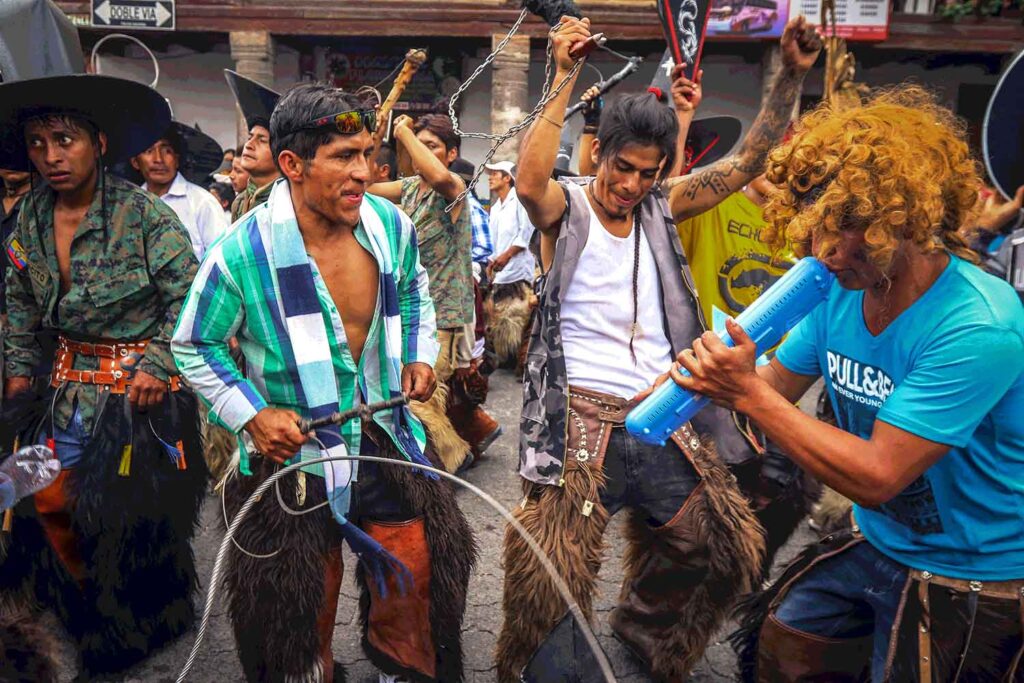
Agencia de Noticias ANDES, CC BY-SA 2.0 <https://creativecommons.org/licenses/by-sa/2.0>, via Wikimedia Commons
The temple ceremony, reconstructed on the basis of historical sources, is yearly brought back by costumed actors during Inti Raymi.
Pre-Columbian populations have always been celebrating the Sun, that, on midwinter comes back near Earth, following Earth’s motion.
This worship, even though forbidden from 1572 on by the Spanish viceroy, has survived Christianisation and Fiesta del Sol is still one of the most important celebration in South America. Clearly ancient rituals have now become cultural re-callings, however Inti Raymi represents an Andean population identity pride and gathers more than 100.000 people in Cusco every year, who toast to the Sun with a chicha.
La Chicha de Jora.
So, what is chicha, this ancient drink that survived up to now?
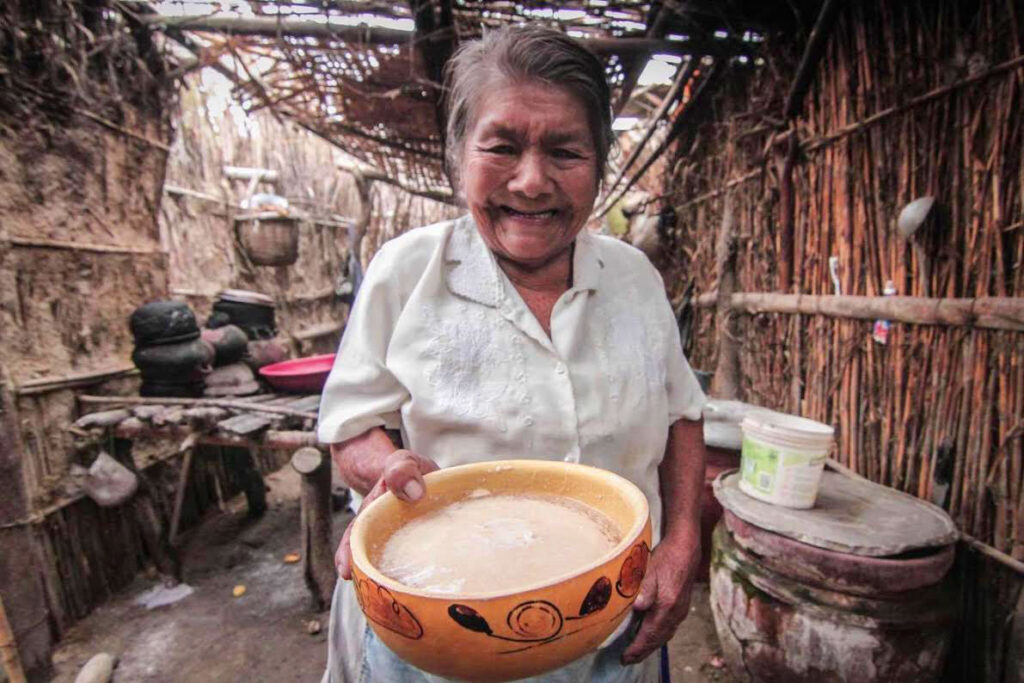
Even if unique, Chicha de Jora can be classified as a malted corn beer [Jora], it is thick, cloudy, acidulent and slightly alcoholic (1-3%), colour varies from yellow to dark red, according to the kind of maize that is used, foam is present on the surface. It is home-produced, mainly in Northern rural areas and in Peruvian Sierra, where the recipe is handed down from generation to generation through word of mouth; preparation lasts approximately 5 days. Traditions and local corn are essential and give origin to very different chichas.
How is chicha produced in Andean communities?
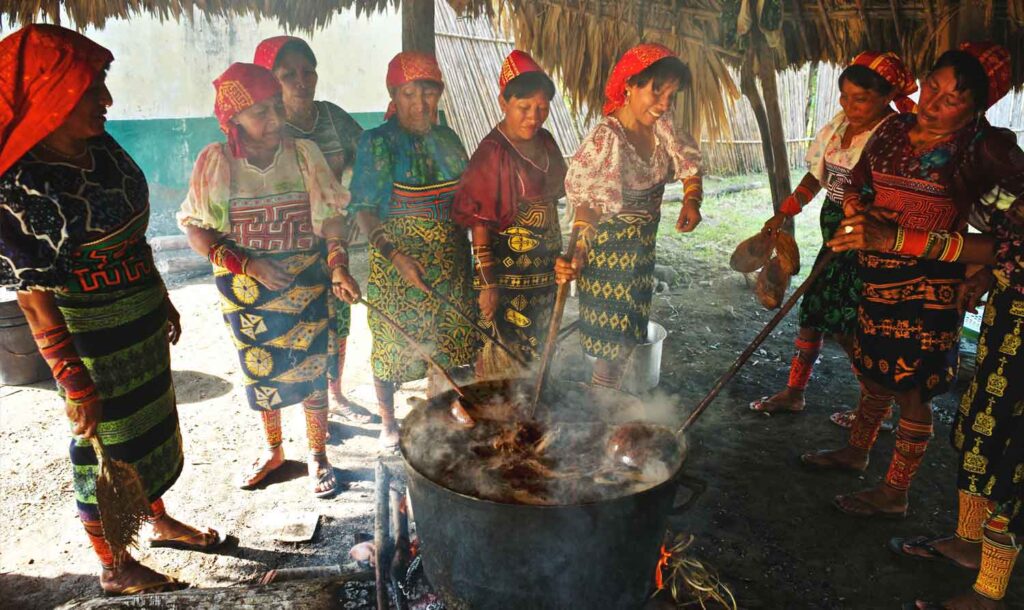
“First of all maize is boiled. The day after, maize is boiled again, dissolving any lump and put in earthenware vats. After two days, well-fermented chicha becomes a full-bodied drink. To increase the alcoholic content, eldest women chew maize before its fermentation. Saliva turns starches into sugars, that actively ferment”. [[Chicha de Jora. Ark of Taste. Slow Food Foundation for Biodiversity].
[Chicha de Jora. Ark of Taste. Slow Food Foundation for Biodiversity].

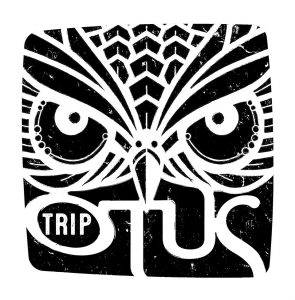
Collective chewing method is disappearing, even though it is still used in some areas where the obtained chicha is called also Taqui.
Chicha is fundamental in Andean population’s daily diet.
The relationship between Chicha and the population is deepened by Walter Bonatti in one of his famous reportage: “… in my memory I see that harsh soil on which the Native has always been shaping his character and from which he can patiently, stubbornly get something to survive. Among rockslides […] there is no plot that has not been flattened or at least ploughed by the primitive plough: two crossed woods pulled by oxen, if present, or by humans. Small steep nightmarish pathways twist through the rocks. In the roughness of this nature so close to the clouds, it is wonderful to notice yellow terraces of ripe corn, that follow one another up to the sky. […] Lonely and tireless, the Native from the mountains walks and walks, he only works. He crops wheat, the best I have ever seen, with puffy and generous ears; but maize is his pride: from its fermentation chicha is obtained, an alcoholic and tasty drink like beer”. [Walter Bonatti, Peru 1967].
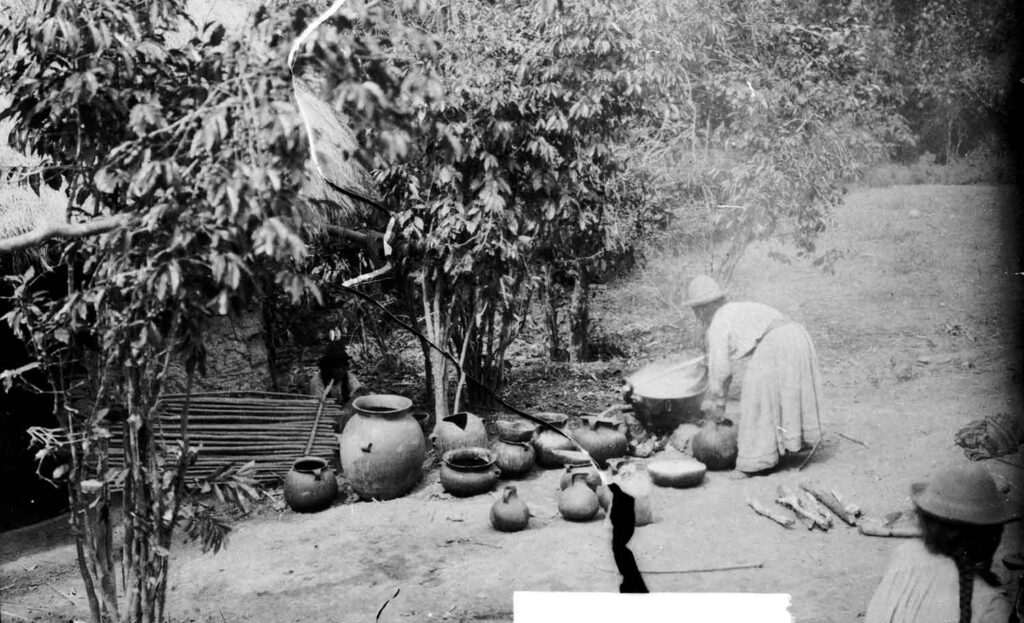
Nils Holmgren, CC0, via Wikimedia Commons
Chicherías to sing, dance and drink chicha.
At the end of the Colonial times, thousands of chicherías appeared: micro home-breweries in which women [chicheras] usually produce and serve this drink to customers. Besides, historical records testify that Andean chicha preparation has always been a female activity.
During Inca times, for example, ritual preparation was entrusted to Virgins of the Sun, directly chosen by the emperor and the recipe included pink pepper. Today chicha is poured in wide glasses, but in the past it was served inside decorated dry pumpkins, named potos or cujuditos, according to the dimension. Some chicherías offer food and use chicha to marinate and prepare the different fish or meat dishes, paired with ajì, the local spicy pepper.
In chicherías people sing, dance and toast raising their chicha repeating aaaaji.
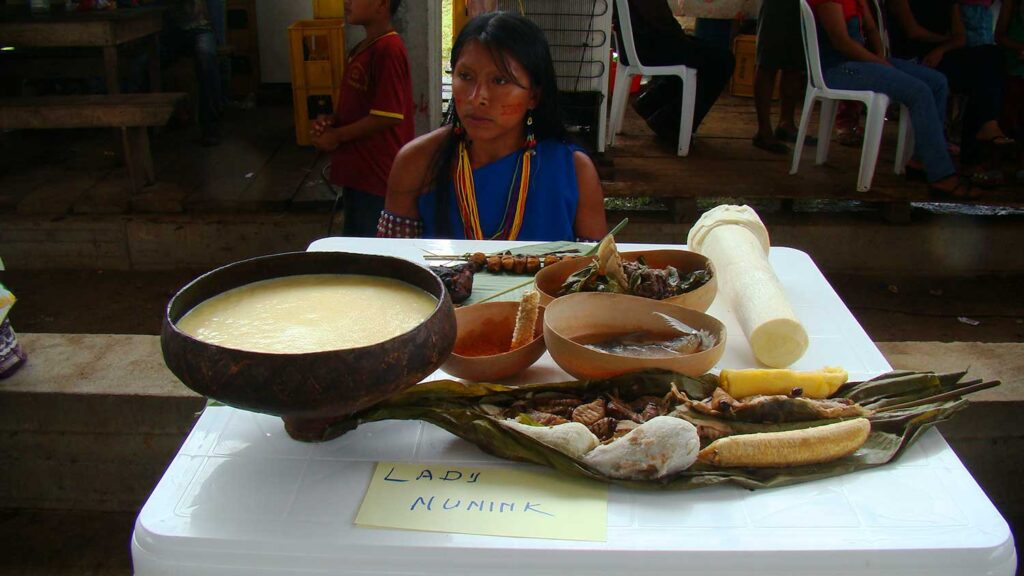
Jlh249, CC BY-SA 3.0 <https://creativecommons.org/licenses/by-sa/3.0>, via Wikimedia Commons
È sempre Walter Bonatti, nello stesso reportage sopra menzionato, che ci offre una fotografia autentica del mondo andino:
“In the smallest villages, tiendas, that is shops, do not exist, however some small flags on the houses suggest with their colour what can be found inside: red flags represent chicha, green flags coca and white flags bread. […] In these valleys, excessive misery has fossilised life rhythm […]. Once a year, for one day only, all is summed up in one unique joyous expression: the fiesta, […] sacred and pagan at the same time, in which Inca cult of the God of Sun and Christianity by Conquistadores can be found, a mix of religion and magic. […]. Chicha and huarapa inebriate these Natives […]. Women wear polleras with bright colours, fitted bodices press on the voluminous breasts. Young and old women wear the typical bowler, the less poor wear also coloured-glass and mirror necklaces. […] Everybody sings and dances tirelessly until dawn […]”. [Walter Bonatti, Peru 1967].
In 2015 the Peruvian Ministry of Culture declared Chicherías Patrimonio Cultural de la Nación.
A positive signal. Maybe Chicha de Jora will not fall immediately under the influence of globalisation, that deletes progressively self-sufficiency productions, absorbing social treasured created by mankind in more than 10.000 years of agriculture. Now, while we are writing, it is likely that in Peruvian Sierra some old Native woman is still chewing maize kernels to germinate them and in some days chicha will be ready in those underground vats like during Inca times.
Chicha, Andean Sierra music conquers cities.
If you followed us in this Trip in the South American beer world, maybe you are now wanting to enter a chichería to taste a real, thick, acid and foamy Native chicha. We hope that the desire will be fulfilled soon and we say goodbye on the notes of a Chicha song the music of Andeans migrated to cities.
Come back to travel through the craft beer world with OTUS TRIP. See you soon.
